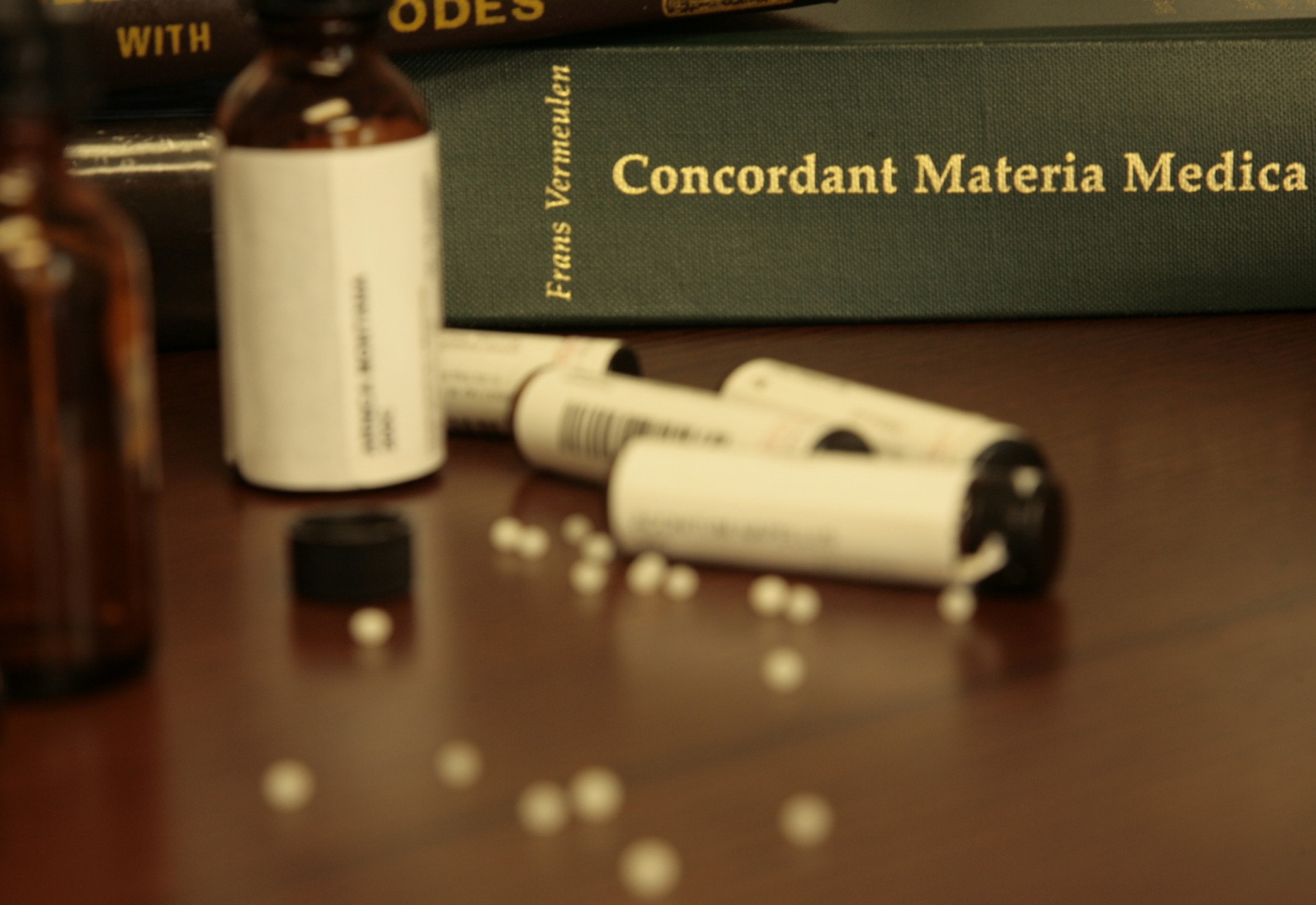DEFINITIONS
As in so many specialist areas, the language of homeopathy can appear complex and cause confusion, if not properly used.

These simple definitions of basic expressions should help to avoid confusion
Homeopathy (Homoeopathy / Homœopathy)
Homeopathy is the treatment of disease with a substance that is able to provoke similar signs and symptoms in a healthy body (treatment by similars). The usual dilution and succussion method of preparation, used for homeopathic medicines (potentisation), is not an essential part of this definition, since substances can be used in molecular concentrations and still come under the heading of homeopathy. In homeopathy, it is the body's reaction to these medicines that brings about the curative process (Homeopathy).
Homeoprophylaxis
Homeoprophylaxis is the use of homeopathic medicines (mainly 'nosodes'), for the prevention of infectious diseases (prevention by similars). This is not a fully proven technique but a large number of users in the UK are using this as the sole method of prevention of infectious diseases such as (e.g.) Parvovirus, Distemper, Hepatitis, Leptospirosis, Kennel Cough, FeLV, FIV, Feline Enteritis, Feline Viral Rhinotracheitis (FVR), Feline Calicivirus, Feline Infectious Peritonitis (FIP), Myxomatosis, Equine Influenza, Strangles, Herpes, Chlamydia and Bovine Mastitis and appear confident in its efficacy. Some bee keepers (apiarists) believe that the Varroa nosode has helped their bees withstand that disease.
Isopathy
Isopathy is the treatment of disease with the supposed disease agent itself (i.e. the same as the disease). As with homeopathy, the dilution and succussion process is not an essential part of the definition.
Allopathy
Allopathy is the treatment of disease by a substance that would provoke in a healthy person signs that bear no relationship to the signs and symptoms of the disease. This term is sometimes erroneously used to describe many modern conventional drugs (see 'antipathy'). The body's reaction to allopathic medicines is to show new signs or symptoms quite unrelated to the disease. Such treatments as ‘bleeding’ used 200 years ago would fall under this heading, as would giving lemon juice for scurvy (although the latter should be effective). Antibiotics could also be classed as allopathy, whatever their effectiveness.
Antiopathy (Antipathy/Palliation)
Antipathy (aka enantiopathy) is the treatment of disease with a substance that opposes, counteracts or suppresses the signs/symptoms (treatment by opposites). Many modern conventional drugs come under this heading. Temporary relief of the signs and symptoms of chronic disease is achievable (palliation), via the direct metabolic/biochemical effect of the drug. However, reactive worsening may occur, once the drug suppression is lifted. The body's (inevitable) reaction (usually unwanted) to these medicines is termed 'side effect', ‘adverse effect’ or ‘adverse drug event’ (ADE).
Cure
This term is usually reserved for the state of the patient, after treatment, in which no signs/symptoms can be detected and which requires no ongoing medication to maintain that state. Temporary alleviation of signs/symptoms by drug medication (see antiopathy above) does not imply cure.
Disease
The state of the patient in which there is imbalance or disharmony. The reaction of the patient to this state, usually in an attempt to restore internal harmony, produces the signs/symptoms that the patient can exhibit/feel and which are sometimes confused with the definition of disease.
Nosode
A medicine derived from disease material (e.g. discharges, tissues, secretions, excretions). Such medicines have undergone the potentisation (q.v.) process commonly used in homeopathy. Do not confuse with ‘sarcodes’ (see below).
Sarcode
A medicine derived from healthy tissue. Such medicines have undergone the potentisation (q.v.) process commonly used in homeopathy. They are not nosodes.
Potentisation
Applies to the dilution and succussion process, that is usually employed for homeopathic medicines.
Succussion
Applies to the vigorous agitation (involving cavitation) of homeopathic medicines, at each stage of dilution/potentisation (see above). It is this process, apparently, that effects the important energy changes in the solution.
